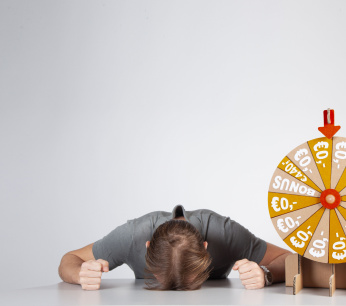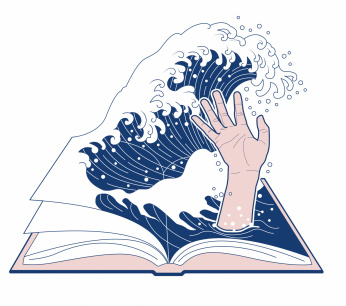'Small class creates space for teacher and student'
The latest research into the effect of class size shows what every teacher already suspects: you teach better in a small class. Many economists think otherwise, but the teacher has to do it. “Take it seriously,” says researcher Peter Blatchford.

Image: Russell Sach
Measuring the effect of class size is very simple, according to economists. You take the average size of a number of school classes and you compare it to the average grades that the students achieve on standard tests. And then, tadááá, there appears to be virtually no difference between the results of students from large and small classes. The conclusion: education is not necessarily better in small classes.
And that's not true, says researcher Peter Blatchford of University College London. Blatchford published the book late last year Rethinking Class Size, in which he, together with co-author Anthony Russell, explains how it works. Spoiler alert: As a class gets bigger, the teacher takes the blow. This leads to work pressure and burnout.
A journalist just asked if it matters if you increase a class to sixty students because of covid. Er… yes
Blatchford has been intrigued by class size since the 70s. And not alone: the subject is invariably hot news, from Australia to Singapore and Canada. “Every week there is something about class size in the press,” he says. “I just had another journalist on the phone who wants to know if it matters if, because of covid, you increase a class to XNUMX students. Eh… yes so. ”
Private schools
Class size is always in the news, because reducing classes often costs a lot of money because many more teachers are needed. Parents also prefer schools with smaller greenhouses. "In the public schools here in England the classes are relatively large. Why did you think private schools are so popular? ”
This sort of thing makes class size a rewarding topic for election promises. The party lines are roughly the same all over the world: the left wants smaller classes, the right doesn't see the point.
dataset
The latter is fueled by research by economists, who only look at the input, the number of students and the output, the results that those students achieve. According to Blatchford, these studies ignore what is happening in the classroom. He has taken this into account in his book. And his conclusions rest on, "probably the largest and most comprehensive data set ever," says Blatchford: the English CSPAR (Class Size and Pupil Adult Ratio) project, for which hundreds of schools have been followed for years.
Feedback
Every teacher actually already knows: you teach better in small classes. Because to summarize a large number of chapters of the book in one paragraph: in a small class you have more time for your student as a teacher. More time for direct feedback, more time for homework grading, more time to really get to know a student and see what he or she needs. As a result, you can vary and differentiate more, individually and in class.
To calculate
So why doesn't all that extra attention in a small class lead to better results for the students? First, according to Blatchford, because economic researchers usually only look at two important but limited numbers: the results on language and arithmetic. “When the classes get bigger, teachers automatically start to focus on that. Which means that they have to leave aside other things from the curriculum that are also important. ”
When a class gets bigger, the teacher takes the hit
The main reason that the results do not fall, however, is that the teacher takes the blow of a growing class. In that larger class she is forced to teach more in class to save them what can be saved.
Stress
In the first place, taking the blow is at the expense of the teacher himself. Blatchford: "Stress, fatigue, working more in your spare time, frustration because you cannot give the students what they need, a large class can be at the expense of your health." That may be why too many teachers in England are leaving the subject. "How is that in the Netherlands, by the way?"
The second group to be hit by larger classes is that of children with special educational needs: special educational needs. “The bigger the class, the more these students suffer,” says Blatchford. That is an extra pity because in his country, with the relatively large classes in public schools, there is a trend towards inclusion, comparable with Dutch suitable education.
I see a linear phenomenon in class size: smaller is better'
Is there such a thing as an optimal class size? Blatchford doesn't think so. The number of 20 students is sometimes mentioned, but that is based on the kind of research that he is so critical of. “I don't see why a class of 19 students would suddenly be much better than a class of 21 students. I do see a linear relationship: smaller is better. ”
Serious
If Blatchford would like to give economists and policymakers one thing, it is: listen to teachers. “Researchers sometimes pretend that we know what is going on. But researchers do not know what it is like in a classroom. A teacher has to make dozens of decisions per hour, all of which are influenced by the number of students in the class. Teachers have to do it. Take them seriously. ”
The book 'Rethinking Class Size' is too order but also free to download.
Also read: AObpetition for smaller classes signed 44.000 times.


